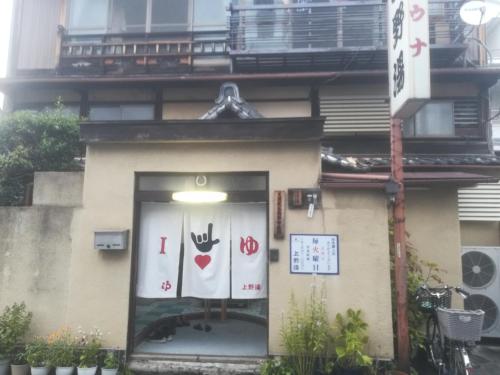Ryogen-in
menuMenu
Ryogen-in is the oldest sub-temple of Daitoku-ji, offering a tranquil escape where you can immerse yourself in history.










Highlights
- The Ryogin-teien, a Muromachi-era dry landscape garden (karesansui)
- Fusuma-e (sliding door paintings) by disciples of Shūbun in the Hojo
- The Ichi-shi Tan, south garden of the Hojo
- The Kaiso-do (founder's hall)
- The To-teki Tsubo, said to be Japan's smallest garden
Basic Information
- Address
- 82-1, Daitokuji-machi, Kita-ku, Kyoto, Kyoto Prefecture Search for tourist attractions in Kyoto
- Access
- Take a Kyoto City bus from JR Kyoto Station to Daitoku-ji-mae (approximately 30 minutes), then walk. Show route
- Op.Hours
- 9:00 AM to 4:20 PM
- Cld.Days
- No holidays
- Fee
- ¥400 for adults
- INFO
- Photography is prohibited inside the main hall.
Overview
Recommended nearby attractions
Daitoku-ji Temple

With its sprawling grounds dotted with sub-temples, serene karesansui (dry landscape) gardens, and historically and culturally significant structures, Daitoku-ji is a must-see Zen temple representing the best of Kyoto.
Zuifuin

Zuifuin's highlights are the *karesansui* (dry landscape) gardens, "Dokuzatsu-niwa" and "Kanmin-niwa," designed by Shigemori Mirei. Prepare to be captivated by the serene beauty and create an unforgettable memory.
Daikaku-ji Temple

A temple boasting expansive gardens and historical structures, originating from the imperial villa of a Heian-era emperor.
Kyo-o Gokokuji Kanchiin Temple

Experience history with National Treasure guest halls and structures connected to Miyamoto Musashi. The expansive gardens are breathtaking and offer stunning seasonal views.
Myoshin-ji Taizo-in

A Zen temple brimming with highlights, including the national treasure "Hyōnen-zu," a beautiful karesansui (dry landscape) garden, and the exquisite pond garden, Yokōen.
Myoshin-ji Keishun-in

A tranquil space known for its beautiful garden of maple leaves and moss.
Koumyoin Temple

Koumyoin Temple, nicknamed the "Rainbow Moss Temple," boasts a captivating karesansui garden, "Hashin-tei," designed by the Showa-era landscape architect, Jyumonji Mirei.
Tenshūan

Tenshūan captivates with its beautiful karesansui garden of white sand and moss, and its serene pond and strolling garden. Enjoy the ever-changing scenery throughout the year, but especially the spectacular autumn foliage.
Daitoku-ji Daisen-in

Experience history and art at this temple, featuring Muromachi-period wall paintings and a tranquil rock garden.
Koto-in Temple

Koto-in, founded by Hosokawa Tadaoki, is known as a temple associated with Hosokawa Tadaoki, a high-ranking student of Sen no Rikyu. Enjoy the serene beauty of the moss-covered garden, the vibrant maple trees, and the charm of the teahouse.
Nearby Hotels
International Guest House Tani House

ez guest house

Kyomachiya Guesthouse Ryoan-Ori

Guest House Koiya

Guesthouse Kingyoya

SK 3 Bedroom Machiya Kanki in Kyoto

Dormitory Sui

K-style Kinkakuji

Guest house Umeya

KeFU stay & lounge

